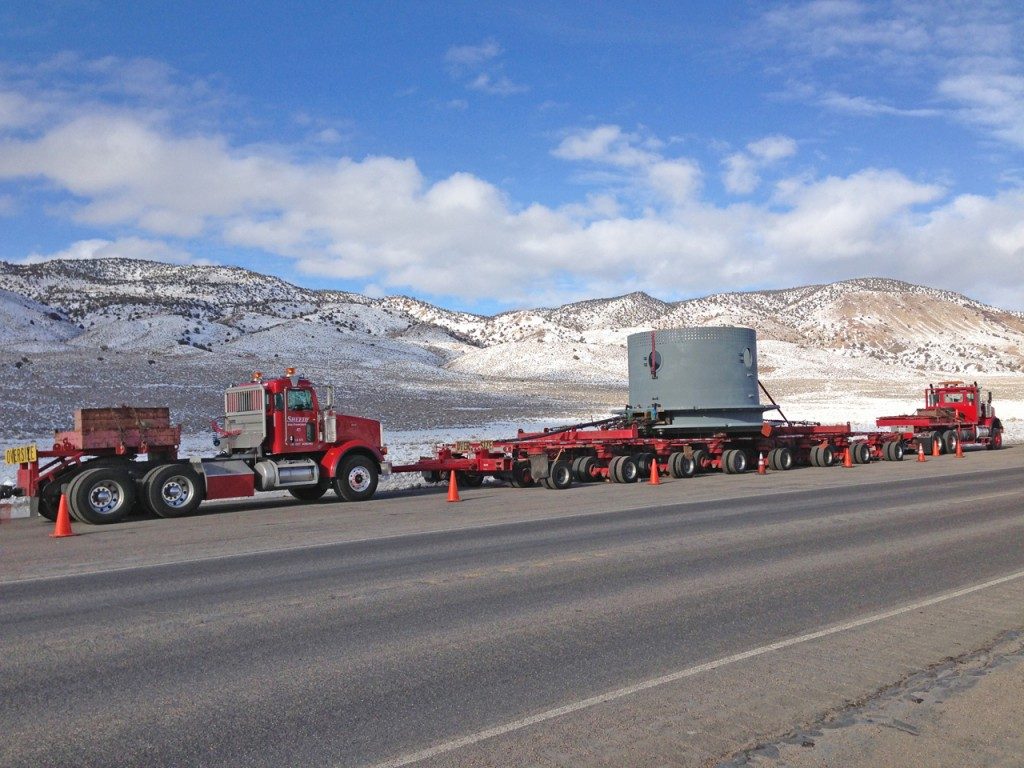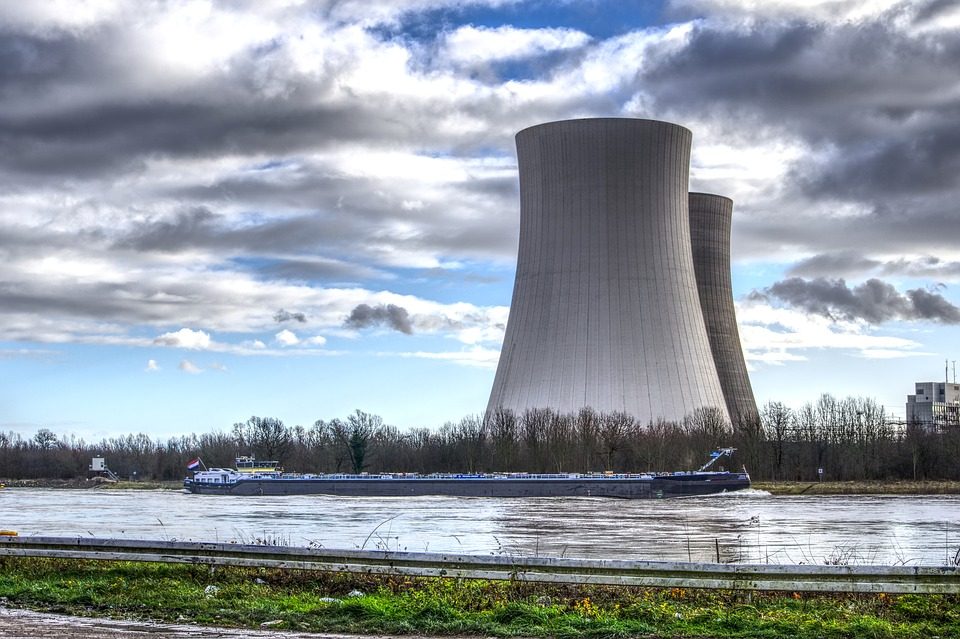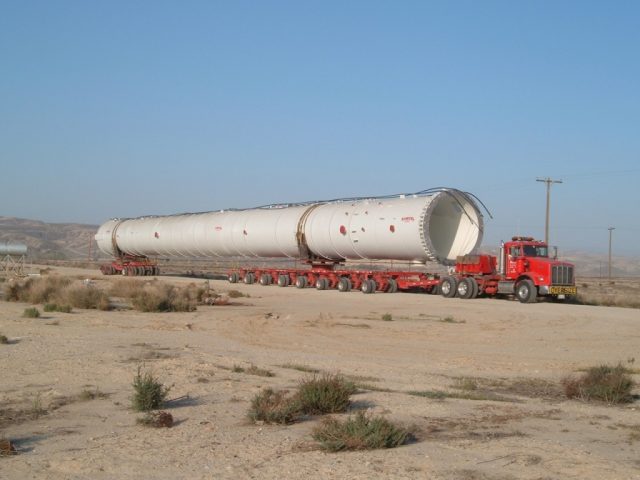When you’re behind a truck with the “Oversized Load” sign on a two-lane road, you know that it’s going to be a long drive. But it’s nothing compared to the stress of heavy equipment transport, otherwise known as heavy hauling, in the Bay Area. Transporting heavy machinery requires careful planning and execution to ensure safe transit. In this blog post, we’ll discuss some tips to help you prepare for your next heavy hauling project, and how our transportation and engineering service in the Bay Area can assist you.
1 – Plan ahead with a route survey
Before you hit the road, it’s essential to know the route your equipment will take. Conducting a route survey can help you identify potential hazards, such as construction, tolls, and heavy traffic. A survey can also locate obstacles like low bridges and underpasses, turning radiuses, hanging electrical wires, and railroad crossings. Knowing the route beforehand will help you plan for any necessary detours and avoid potential accidents.
2 – Fees and permits
Before you begin your journey, make sure you have all the required permits in place. Ensure you comply with federal, state, and local regulations when transporting heavy equipment. If you’re crossing state lines, you and your team should be familiar with each state’s rules for oversized loads. Remember that commercial vehicles transporting more than 10,000 pounds must comply with federal regulations. Accessorial charges for things like shrink wrap, layovers, tolls, and lodging may also apply.
3 – Visual safety
Transporting an oversized load can pose a significant risk to other motorists. Therefore, it’s crucial to follow proper safety procedures and carry special markings to alert other drivers. Different states have varying requirements for markings, but in general, it’s a good idea to have orange or red warning flags measuring 12-18 inches for daytime travel. Use red lights or flashing amber lights for nighttime travel and a giant yellow reflective banner that other drivers can see.
4 – Inspect your truck
Before you hit the road, inspect your trailer to ensure it’s ready for the journey. Check for damage to chains, straps, and binders used to tie down machinery. Look for signs of chafing on hydraulic hoses. Ensure the brakes are in good working order, and the wheels have adequate tire pressure. Inspect the trailer itself to make sure it’s level.
Bay Area Heavy Hauling
Are you feeling uncertain about heavy equipment transport in the Bay Area? Turn to Sheedy Crane. Our Bay Area Heavy Hauling services are backed by a staff of engineers, project managers and riggers who are experts in heavy lifting and overweight/over-dimensional load transport.
Our engineering services include:
- Engineered critical lift planning
- Heavy Hauling and over-dimensional cargo tie-down and planning
- Custom 2D and 3D CAD support
- Conceptual drawings and designs
- Professional engineer stamped calculations and drawings
- Temporary support structure planning and designs
- Site organization, supervision, and technical assistance
- Load testing
- Feasibility studies
- Route surveys
- Budget estimates
Contact us today to learn more about how Sheedy’s Bay Area engineering services can help you with your next project.



